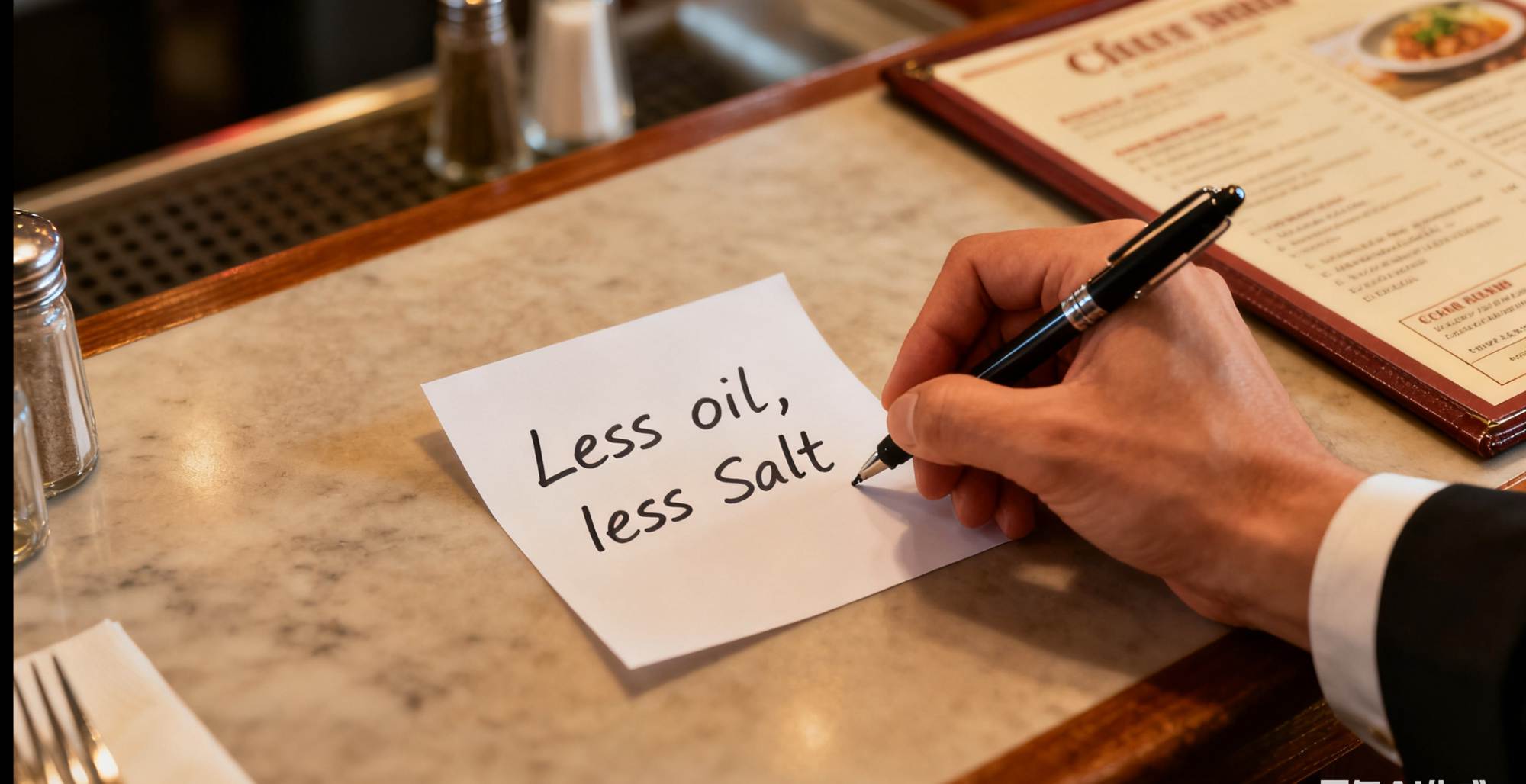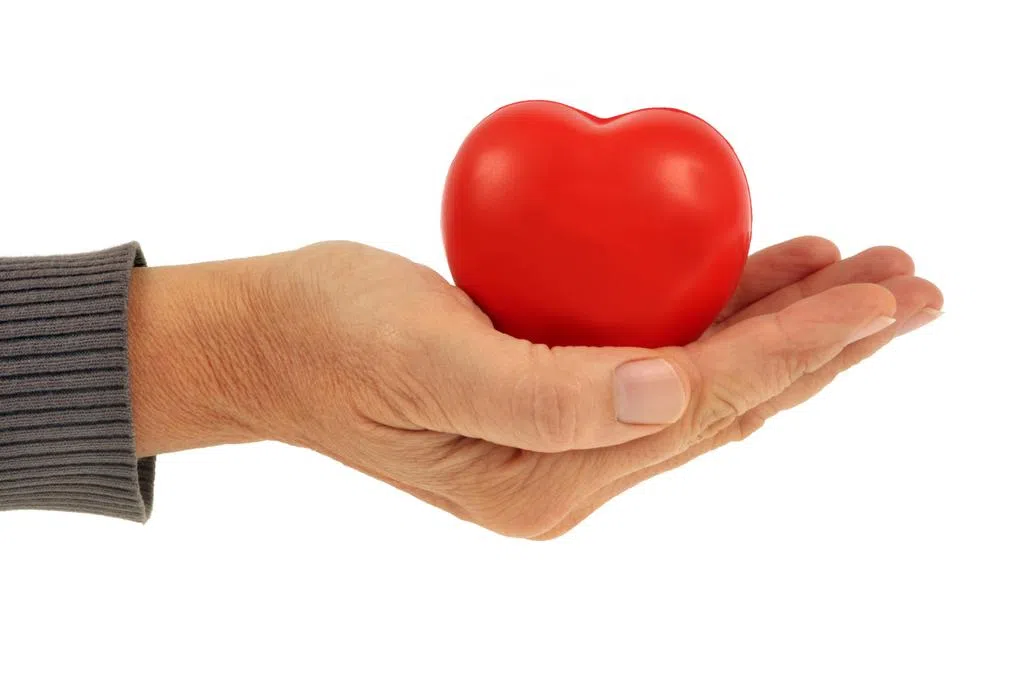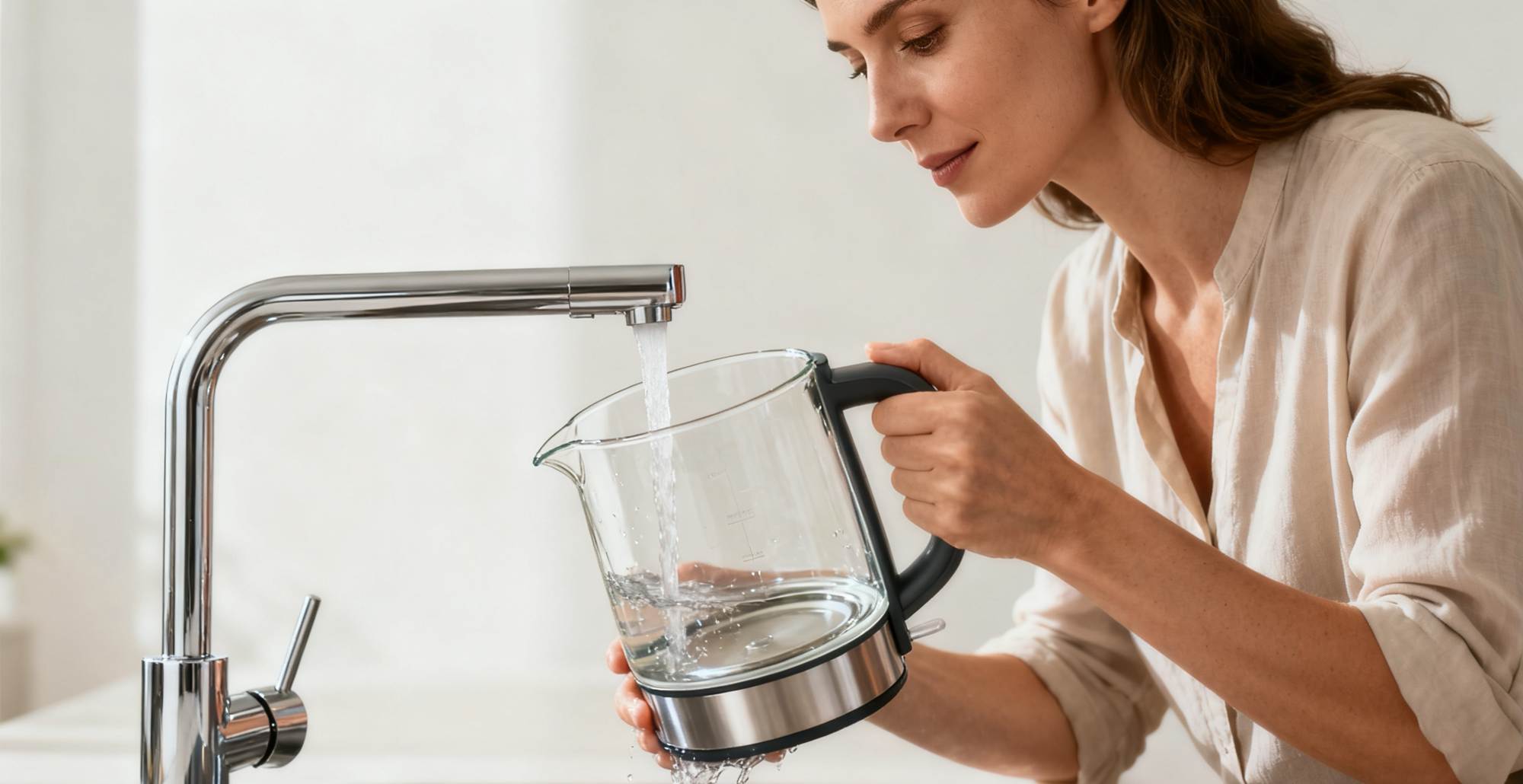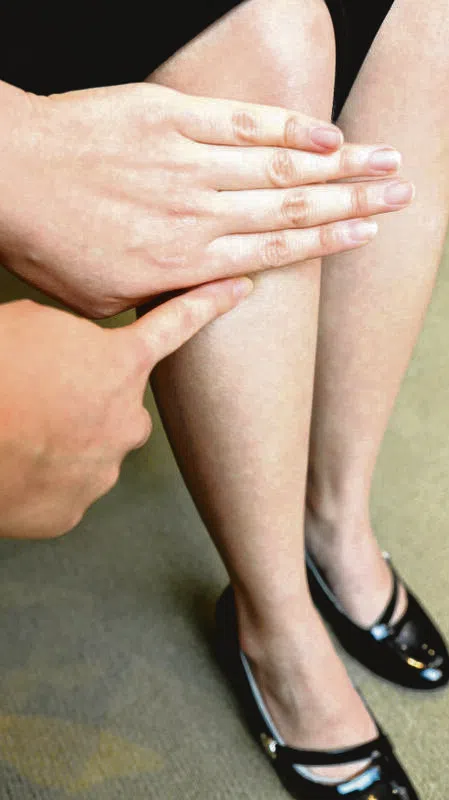Everyone knows that excessive salt intake is harmful, but it's hard to reduce it. The reason might be that you don't actually know how to reduce salt intake.
To reduce salt consumption, experts recommend using a salt-measuring spoon or salt container. Many retailers include a salt-measuring spoon with their salt bags; if you don't have one at home, consider buying one.
content
I. Using Salt-Control Tools
1.1 Salt-measuring spoon
1.2 Salt-measuring bottle
II. Three Salt Reduction Tips
2.1 Salt reduction should be gradual.
2.2 Choose low-sodium salt.
2.3 Mention it when ordering.
III. Tips
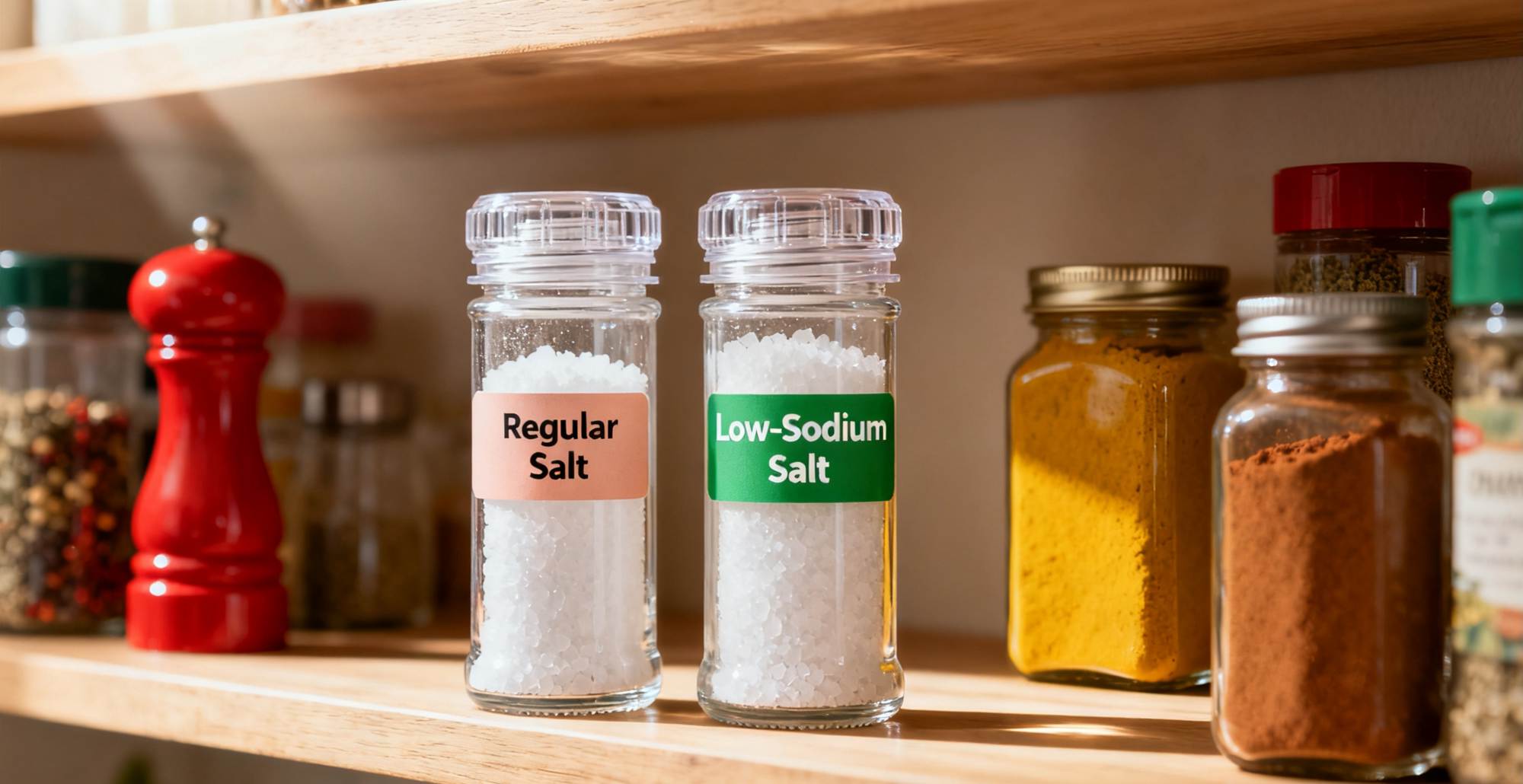
I. Using Salt-Measuring Tools
1.1. Salt-Measuring Spoon
One level spoonful (where the salt is level with the surface of the spoon) contains 2 grams of salt. The World Health Organization recommends that adults consume less than 5 grams of salt per day, meaning no more than 2.5 level spoonfuls per person per day. We can determine the maximum daily salt intake based on the number of people in the household. For example, if there are 3 people eating at home today, the maximum salt intake is 15 grams. One spoonful of salt is 2 grams, so the maximum daily salt intake should not exceed 8 spoonfuls. After calculating, scoop out the measured amount of salt in advance and place it in a designated container. When cooking, use salt from this container. Over time, you'll develop a better sense of how much salt to use, and even without a salt-measuring spoon, you can avoid overconsumption.
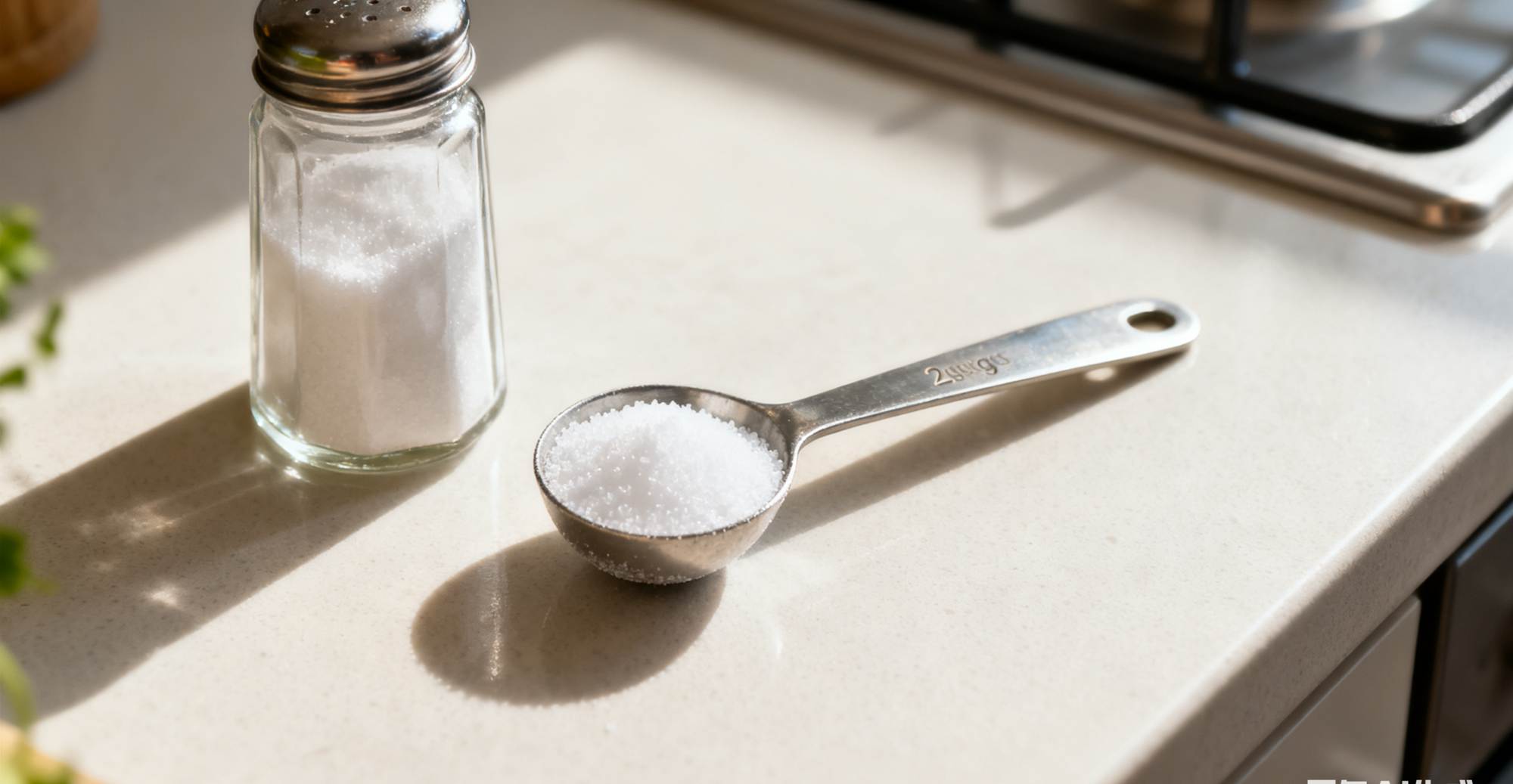
1.2. Salt Limiter
The use of a salt limiter is even more sophisticated. Newer salt limiters have a push-button dispenser; one press dispenses a fixed amount of salt. Some enthusiastic netizens have experimented, using a kitchen scale to measure the amount of salt dispensed each time, finding that each dispensed amount was consistently 0.5 grams, and the salt was evenly distributed. Thus, if you're eating alone, you'd need to press the button about three times per meal, totaling 1.5 grams of salt, to stay within your daily salt intake limit.
II. Three Salt Reduction Tips
2.1. Salt Reduction Should Be Gradual
Professor Damien Vimusley, scientific advisor to the British Dental Association, says that the tongue has approximately 9,000 taste buds that help us perceive sweet, salty, bitter, or sour tastes. Taste buds are collections of cells on the surface of the tongue, with each bud containing approximately 50 taste cells. Taste buds typically renew themselves every 10 days to 2 weeks. We can reduce our daily salt intake by 5%–10% per meal, based on our usual daily intake. After 2–6 weeks of adaptation, reduce it by another 5%–10%. It's worth noting that reducing salt by 5%–10% will not affect the taste of the food.

2.2 Choose Low-Sodium Salt
Many foods don't taste salty, but they are still high in sodium, such as preserved plums, egg rolls, pasta, nuts, bread, and biscuits. When choosing food, don't be misled by taste; pay attention to the nutrition facts label and check the sodium content and its percentage of the Nutrient Reference Value (NRV). Choose products with lower values to avoid falling into the trap of hidden salt. Low-sodium salt has 35%–40% less sodium than regular iodized salt. Therefore, when choosing food, pay attention to the food composition label and choose foods using low-sodium salt, which have a milder flavor and are more suitable for those who prefer a lighter taste.
2.3. A Little Something Extra When Ordering.
When dining out, after ordering, the waiter will usually ask if you have any dietary restrictions. Even if you don't have any restrictions, it's worth mentioning to the waiter: "Please use less oil and less salt." This simple sentence can be a big step forward in your salt reduction journey.

Another tip
Rinse the dishes with hot water before eating and discard the broth. This can also effectively reduce the sodium content of your food.
